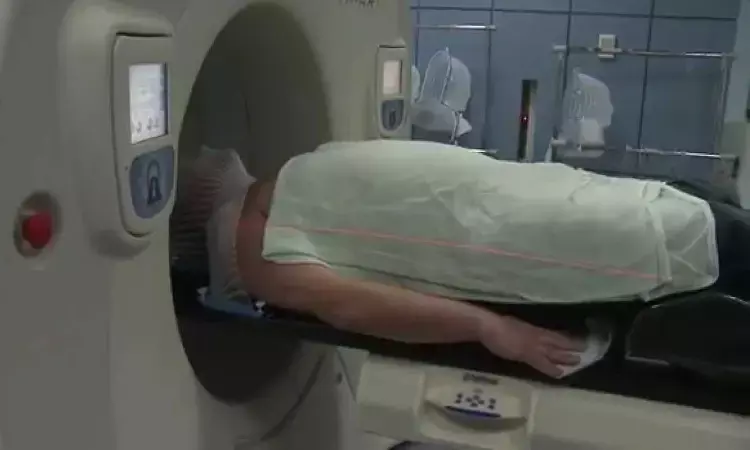- Home
- Medical news & Guidelines
- Anesthesiology
- Cardiology and CTVS
- Critical Care
- Dentistry
- Dermatology
- Diabetes and Endocrinology
- ENT
- Gastroenterology
- Medicine
- Nephrology
- Neurology
- Obstretics-Gynaecology
- Oncology
- Ophthalmology
- Orthopaedics
- Pediatrics-Neonatology
- Psychiatry
- Pulmonology
- Radiology
- Surgery
- Urology
- Laboratory Medicine
- Diet
- Nursing
- Paramedical
- Physiotherapy
- Health news
- Fact Check
- Bone Health Fact Check
- Brain Health Fact Check
- Cancer Related Fact Check
- Child Care Fact Check
- Dental and oral health fact check
- Diabetes and metabolic health fact check
- Diet and Nutrition Fact Check
- Eye and ENT Care Fact Check
- Fitness fact check
- Gut health fact check
- Heart health fact check
- Kidney health fact check
- Medical education fact check
- Men's health fact check
- Respiratory fact check
- Skin and hair care fact check
- Vaccine and Immunization fact check
- Women's health fact check
- AYUSH
- State News
- Andaman and Nicobar Islands
- Andhra Pradesh
- Arunachal Pradesh
- Assam
- Bihar
- Chandigarh
- Chattisgarh
- Dadra and Nagar Haveli
- Daman and Diu
- Delhi
- Goa
- Gujarat
- Haryana
- Himachal Pradesh
- Jammu & Kashmir
- Jharkhand
- Karnataka
- Kerala
- Ladakh
- Lakshadweep
- Madhya Pradesh
- Maharashtra
- Manipur
- Meghalaya
- Mizoram
- Nagaland
- Odisha
- Puducherry
- Punjab
- Rajasthan
- Sikkim
- Tamil Nadu
- Telangana
- Tripura
- Uttar Pradesh
- Uttrakhand
- West Bengal
- Medical Education
- Industry
Positive oral CT contrast improves detection of malignant deposits in intraabdominal nonsolid organs

Leesburg: According to ARRS' American Journal of Roentgenology (AJR), the selection of oral contrast agent and optimization of bowel preparation for oncologic CT could help avoid potentially severe clinical consequences of missed malignant deposits.
"CT has suboptimal NPV for malignant deposits in intraabdominal nonsolid organs," wrote corresponding author Benjamin M. Yeh of the University of California, San Francisco. "Compared to neutral material, positive oral contrast material improves detection, particularly with adequate bowel filling."
Yeh and team's retrospective study included 265 patients (133 men, 132 women; median age, 61 years) who underwent an abdominopelvic CT examination where the report did not suggest presence of malignant deposits and subsequent CT examination within 6 months where the report indicated at least one unequivocal malignant deposit. Examinations used positive (iohexol; n=100) or neutral (water; n=165) oral agents. While reviewing images to assess visibility of deposits, a board-certified abdominal radiologist also assessed adequacy of bowel filling with oral contrast material.
NPV of CT for detection of malignant deposits in intraabdominal nonsolid organs was 65.8% for examinations using positive oral contrast material with adequate bowel filling, 45.2% for positive oral contrast material with inadequate bowel filling (p=.07), and 35.2% for neutral oral contrast material regardless of adequacy of bowel filling (p=.002).
"Results may differ when studying other types of contrast material regimens," the authors of this AJR article noted, including barium-based, hyperosmolar iodine, sugar-alcohol neutral, or experimental dark oral agents.
Dr Kamal Kant Kohli-MBBS, DTCD- a chest specialist with more than 30 years of practice and a flair for writing clinical articles, Dr Kamal Kant Kohli joined Medical Dialogues as a Chief Editor of Medical News. Besides writing articles, as an editor, he proofreads and verifies all the medical content published on Medical Dialogues including those coming from journals, studies,medical conferences,guidelines etc. Email: drkohli@medicaldialogues.in. Contact no. 011-43720751


